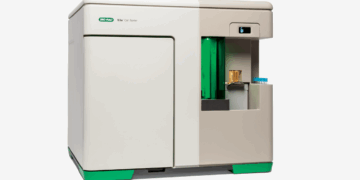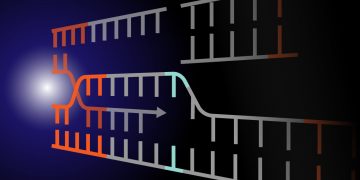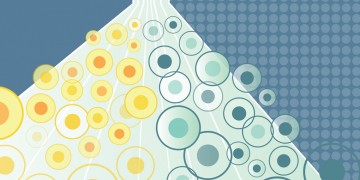
6 Tips to Secure Funding for Flow Cytometers
We asked core facilities staff and research scientists from the U.S. and Europe for their top tips for securing funding for large instrumentation, such as a cell analyzer or cell sorter. Here are the key questions you should consider while preparing your grant application to increase your chances of a successful outcome.

How FACS, Genetic Screens, and the HAP1 Cell Line Uncover the Biological Mechanisms of Cancer
Genetic screens are powerful tools for finding genes associated with a particular phenotype. They play an especially important role in cancer research and are leveraged to identify predictive biomarkers that can be used to improve treatment efficacy or trace the progression of genetic alterations that ultimately lead to disease. The HAP1 cancer cell line model and fluorescence-activated cell sorting (FACS) bring efficiency to the development of genetic screens that is making them a force to be reckoned with.

7 Tips for Purchasing Your Next Cell Sorter
Presented here are some tips to help you avoid buyer’s remorse and make an educated decision about which instrument to purchase. These tips provide you with the tools to make an informed decision when purchasing a cell sorter.

Sorting an Old Problem: Are Cells Stressed by Fluorescence-Activated Cell Sorting?
Fluorescence-activated cell sorting is a valuable tool for research, but could the physical forces of sorting stress the cells, altering their behavior and confounding experimental results? Recent research found that although cell sorting activated p38 MAPK stress signaling, no functional or structural changes were observable. The results indicate that jet-in-air systems such as the Bio-Rad S3e Cell Sorter do not alter cell behavior.

10 Tips for Setting Up a Successful Cell Sorting Experiment
Incorporating fluorescence-based cell sorting into your lab grants you powerful access to new research areas and rarer cell types without sacrificing efficiency or results. New, powerful techniques like CRISPR and single-cell analysis are enhanced by the isolation of specific cells. But isolating cell populations of the right quality and quantity is both challenging and time consuming. We offer some tips to set yourself up for success and get the most out of your sorts.

A Novel CAR-T Cell Therapy Approach Using Fluorescence-Activated Cell Sorting and Stem Cell Transplantation
Successful chimeric antigen receptor- (CAR-) T cell therapy requires a target antigen that is unique to cancer cells. But what happens when there are no unique antigens? Researchers at Columbia University Medical Center addressed this problem by replacing healthy non-target cells with genetically modified versions lacking the CAR-T cell target. Their results, published in PNAS, may provide a new avenue for treatment of some types of cancer.

Improving CRISPR-Cas9 Gene Editing:
Tackling the HDR Inefficiency Problem
A recent publication showed that expression of a protein involved in homology-directed repair (HDR) can improve efficiency of CRISPR-Cas9 gene editing. Learn how manipulation of DNA repair pathways and improvements to gene editing workflows, such as the addition of cell sorting, can facilitate applications of CRISPR-Cas9 technology.

Turning Back the Clock on Mouse Neural Progenitor Cells
Is the fate of an embryonic cell determined by the age of the cell or the age of the embryo? To explore this question, researchers isolated and transplanted live neural cells from mouse embryos at different stages of development. Learn about their findings and how the S3e Cell Sorter helped achieve this incredible feat.

Investigating Cancer Stem Cells with the S3™ Cell Sorter
The Cancer Stem Cell model proposes that a special group of dormant cells in the cancer population plays a key role in tumor development and growth, as well as regeneration following treatment. Find out how researchers Stacy Blain and Danielle Joseph are using the S3 Cell Sorter in studying potential cancer stem cells for multiple myeloma.

Developing Bio-Rad’s S3™ Cell Sorter: The Great Cell Sorting Redesign
Cell sorting technology is not new. However, sometimes taking a new look at a mature technology brings unexpected results. See how we reimagined drop delay calculation, rethought software and automation, and more during the design and development of Bio-Rad’s S3 Cell Sorter.
